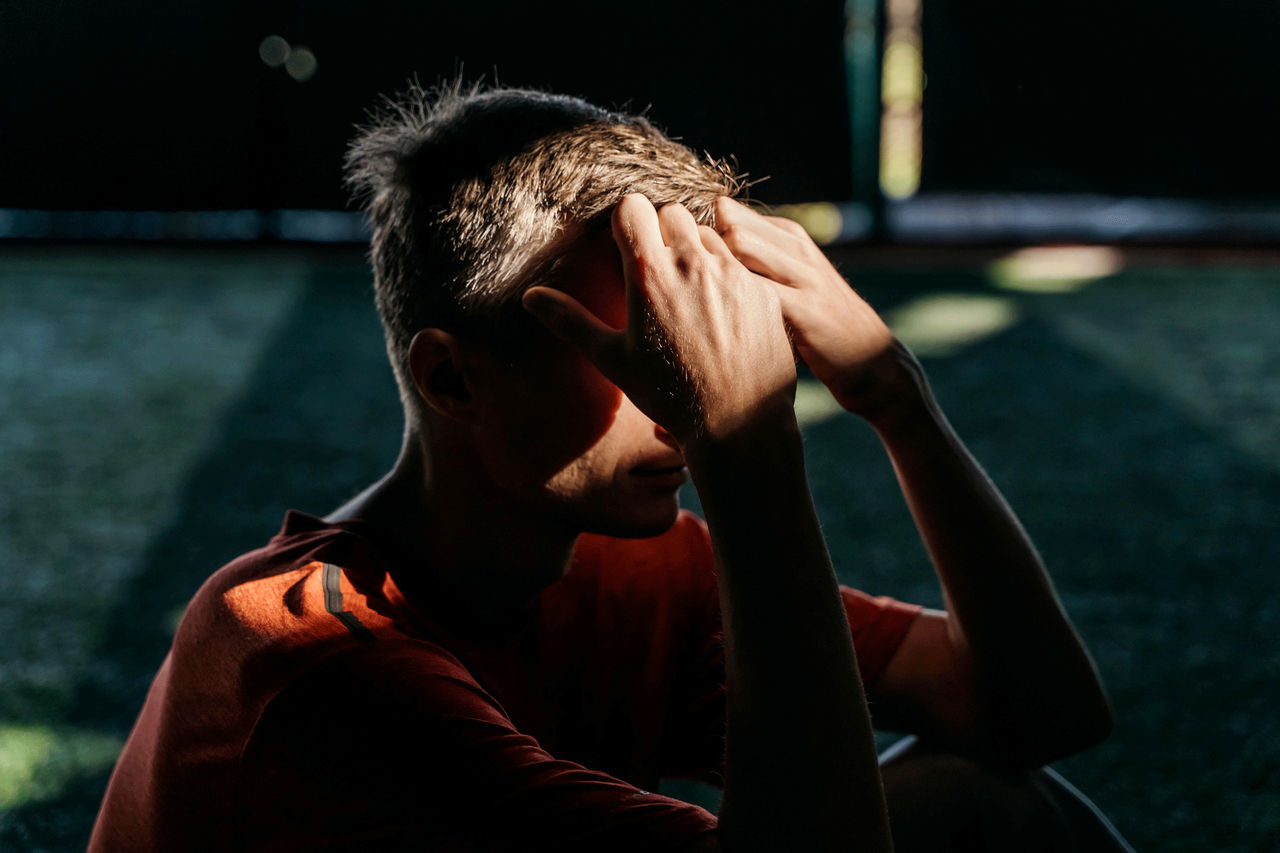Cluster Headache Symptoms

Treating cluster headaches, which are rare and extremely painful, starts with seeing your doctor for the right diagnosis. Here's what you should know.
Consider the words of real people with cluster headaches, describing the almost unimaginable pain the attacks bring.
- "If you want to understand what it means to live with cluster headache, imagine that someone is stabbing a knife in your eye and turning it for hours."
- "Imagine that a pack of dogs with enormous fangs are tearing you inside your head."
- "Imagine being a prisoner in a straightjacket of suffering."
Only 0.1 percent of Americans experience cluster headaches, making them far rarer than migraine and tension headaches (which affect 14 percent and 26 percent of the population, respectively). Yet, cluster headaches have earned a reputation for being the most painful headaches in existence.
Despite the ferocity of their pain, cluster headaches are often mistaken for migraines and not treated appropriately.
YOU MIGHT ALSO LIKE: What Causes a Headache?
What is a cluster headache?
As the name suggests, cluster headaches arrive in groups or clusters. During each headache cycle, which can last for weeks or months, intensely painful headaches strike up to eight times each day. A period of headache-free remission lasting for months or years follows each cycle.
What causes cluster headaches?
Doctors don't know what causes cluster headaches. Genes may play a role. If you have a parent or sibling with cluster headaches, your chance of being diagnosed increases by 14 times or more. You're also more likely to get such headaches if you're male and over age 30.
During cluster headaches, something — possibly the release of chemicals like histamine or serotonin — stimulates the trigeminal nerve in your face. The problem might stem from the hypothalamus, a part of your brain that coordinates functions like body temperature, appetite, and heart rate.
Symptoms of cluster headaches
A cluster headache causes sharp, stabbing pain on one side of your head that tends to start at the same time each day, often overnight. Symptoms of cluster headaches include a:
- Red or teary eye, smaller pupil, or drooping eyelid on the same side as the headache
- Runny or stuffed nostril on the same side as the headache
- Red or sweaty face
People often find it hard to stay still or lie down during a cluster headache attack. They may rock back and forth in place to try to subdue the pain.
Each attack lasts for 15 minutes to 3 hours, with the pain reaching its peak after 10 to 15 minutes.
Seek emergency care if you experience:
- An abrupt, severe headache
- A headache after a head injury
- A headache that worsens over days and changes in pattern
- A headache with a fever, nausea or vomiting, a stiff neck, mental confusion, seizures, numbness, or difficulty speaking
How are cluster headaches diagnosed?
Your doctor will ask about your symptoms and do an exam. To be diagnosed with cluster headaches, you need to have at least five attacks of severe pain lasting between 15 minutes and three hours. Other criteria are that the headaches come in clusters and cause symptoms like eye tearing, eyelid drooping, nasal congestion, and sweating.
Imaging tests like magnetic resonance imaging (MRI) or computed tomography (CT) may help your doctor rule out structural problems in your brain that could explain your headaches.
Treating cluster headaches
To manage cluster headaches, you'll need a combination of treatments to prevent attacks and stop the pain once it starts.
Treatments to prevent cluster headaches include:
- Corticosteroid pills
- Verapamil (Calan, Covera, and Verelan), a high blood pressure medication
- Lithium, a mood-stabilizing drug
- Topiramate (Eprontia and Topamax), an anti-seizure drug
- Galcanezumab-gnlm (Emgality), a monoclonal antibody
Treatments to stop cluster headaches include:
- High-dose oxygen
- Corticosteroid pills or injection
- Triptan medications like sumatriptan (Imitrex) or zolmitriptan (Zomig), which also treat migraines
- Dihydroergotamine (DHE), a pain reliever
- Lidocaine, a numbing drug
- Vagal nerve stimulation
What you can do
While 1 in 4 people who have one cluster attack will never experience a second one, another one in five people will continue to have these headaches for many years. Along with seeing a doctor for a diagnosis and taking medication to prevent cluster headaches, you can avoid triggers, including:
- Alcohol
- Overheating
- Smoking
- Strong-smelling chemicals like perfume or paint
Updated:
September 06, 2023
Reviewed By:
Janet O'Dell, RN